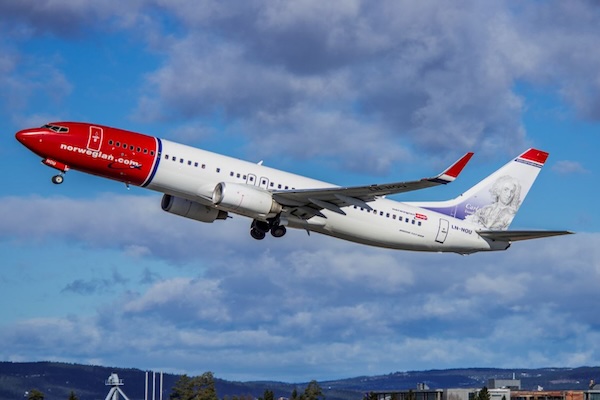Norwegian has adjusted its profit forecast for 2024, citing several factors contributing to a challenging market environment. The airline anticipates lower profits, primarily due to fluctuations in demand, unexpected wage settlements, and external operational hurdles. It is vital for stakeholders to understand these dynamics as they reflect broader industry trends.
Evolving Market Conditions
Norwegian’s recent adjustment to its profit forecast is primarily driven by softer demand in the aviation market. This trend became evident in the second quarter as the airline recorded a decline in load factors and yield compared to the previous year. The global aviation industry is witnessing a shift in passenger dynamics, impacting expected profits.
Impact of Labour Agreements
Compounding the pressure of declining demand, Norwegian faced an unexpected increase in pilot wages due to a recently negotiated settlement. This increase was beyond initial estimates, affecting the company’s financial projections. Such labour agreements are crucial for maintaining operational harmony but can influence financial margins significantly.
Aircraft Delivery Challenges
The group’s operational strategy faced hurdles due to delayed aircraft deliveries from Boeing, attributed to ongoing strikes. These delays compelled Norwegian to seek external capacity to meet its summer schedule demands. The dependency on timely aircraft deliveries underscores the need for robust contingency planning within the airline sector to mitigate operational disruptions.
Currency Exchange Fluctuations
A weaker Norwegian krone against the US dollar presented additional financial challenges. This exchange rate volatility has direct implications on operational costs and financial forecasts. Airlines with international operations must navigate these fluctuations carefully to safeguard profitability.
Traffic Performance and Strategic Adjustments
Despite the challenges, Norwegian saw a significant 11% year-on-year increase in passenger numbers in June, reaching 2.2 million. However, the group experienced a marginal decrease in yield and load factor due to expanded capacity on longer routes. These metrics highlight the complex balance between capacity management and revenue optimisation.
Norwegian’s proactive adjustments to capacity and route management are indicative of the evolving strategies needed to remain competitive. The shifting market conditions require airlines to continuously evaluate and adapt their operational and financial strategies.
Financial Projections and Exclusions
Initially, Norwegian projected an operating profit of NOK 2.5 to 3.2 billion for 2024. However, the revised forecast now factors in a profit range of NOK 2.1 to 2.6 billion. This adjustment includes profits from Widerøe, a regional carrier acquired by Norwegian early in the year. Strategic acquisitions such as Widerøe play a significant role in broadening operational reach and enhancing revenue streams.
These financial projections consider multiple variables, including market demand shifts and operational challenges. Such adjustments reflect the company’s commitment to transparency and realism in its financial communications.
Strategic Outlook
In light of these developments, Norwegian is expected to continue refining its business strategies to align with market realities. This involves a comprehensive approach to operational efficiency, cost management, and strategic planning. The focus remains on enhancing resilience and sustaining growth amidst an unpredictable market landscape.
The revised forecast by Norwegian underscores the complex interplay of market conditions, operational challenges, and strategic adjustments. As the airline navigates these turbulent times, its ability to adapt and strategise will be crucial for long-term success. Stakeholders should remain informed on potential impacts and evolving strategies.

